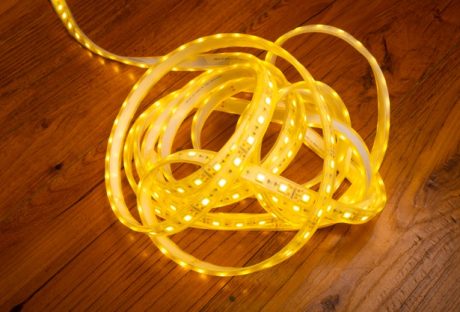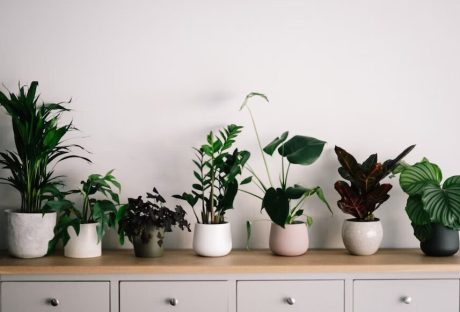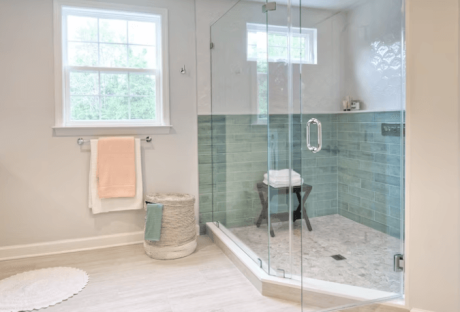It is never too early or too late to give your home a fresh no look. This especially important at times like these where we spend most of our day inside and use our home to work, rest, and play. Change is healthy every now and then, and even a minor detail you alter can make you feel better, and every practical improvement is always welcome.
I finally decided to do something about my apartment so I decided to ask pros for help, and KIC Restoration explained to me what I should consider before opting for a home remodeling of any scale.
Budget
When you finally decide to put your dreams into reality, first you must put them on paper. The initial step you need to take is to sit down and thoroughly investigate the amount of cash you are willing or able to spend. You have to address this issue so that you can, at least, get some of the stuff you’d considered, done. It is important to investigate prices in your local area, prices of materials and labor, and then adjust your plans accordingly.
Make a Plan
When your budget has been created, the next thing to think about is what is most necessary and urgent to address. You need to make a list of things that have to be done and things that you’d like to do, determine priority, and create a plan accordingly. It is worth noting that not everything can be completed simultaneously and that certain operations require more time and resources than others.
When you take into consideration the price, the time needed and how occupied your home is going to be, you can then draw a timetable of activities so that you’d use your free time and money in the most efficient manner possible.
Priority Over Desires
Similarly to creating a budget, you need to decide what new items it is best to invest in, and what exactly are you going to need most. You shouldn’t cut costs on important items that provide a frequent and necessary service like a new table, set of chairs or a cupboard. It doesn’t need to be furniture at all. Any items that improve the quality of life of you and your family should be prioritized.
Pick Ahead as Much as Possible
As the subheading suggests it is vital to plan ahead as much as possible and pick several alternatives for the most important aspect of your home remodeling. If you do that in advance, before the start of the work, you are going to stumble upon a lot fewer issues when the actual work commences. You should leave as little room for improvisation and compromise as possible. This homework is essential for an efficient and successful home renovation.
Worth the Effort?
Sometimes certain alterations of your home might cause much more work and headache than you wanted. Before you decide to change something you should consider whether it’s even worth the effort, the time, and the money? Sometimes it is best to leave something as it is. For example, water pipes or electrical wiring, yet some parts of your home might be so outdated that it just has to be done, even if you didn’t plan to do it initially.
Be Patient and Optimistic
Home remodeling is not a small task. Even if you’d planned everything to the smallest detail, certain unexpected issues can always show up, or certain events you can’t control might shake up the original plans. It is important to stay positive at all times and focus on finishing the task at hand. You should know that your home is not going to be as comfortable during the works, and you’d just have to endure those few days and look forward to the results you so intensely worked for.
Read Also:






















